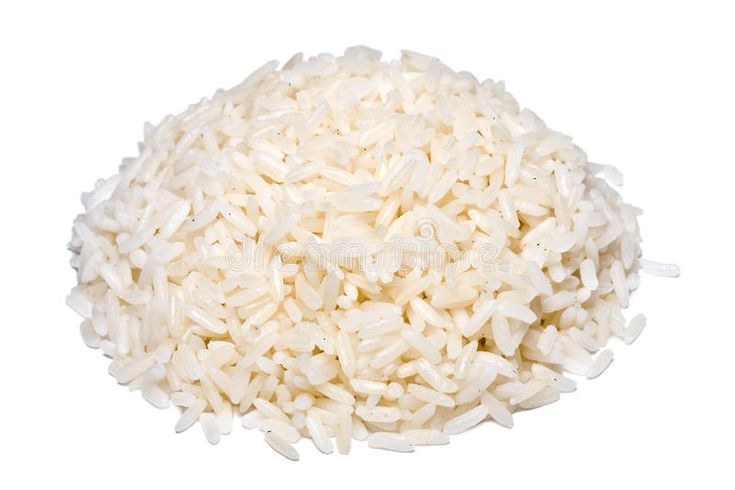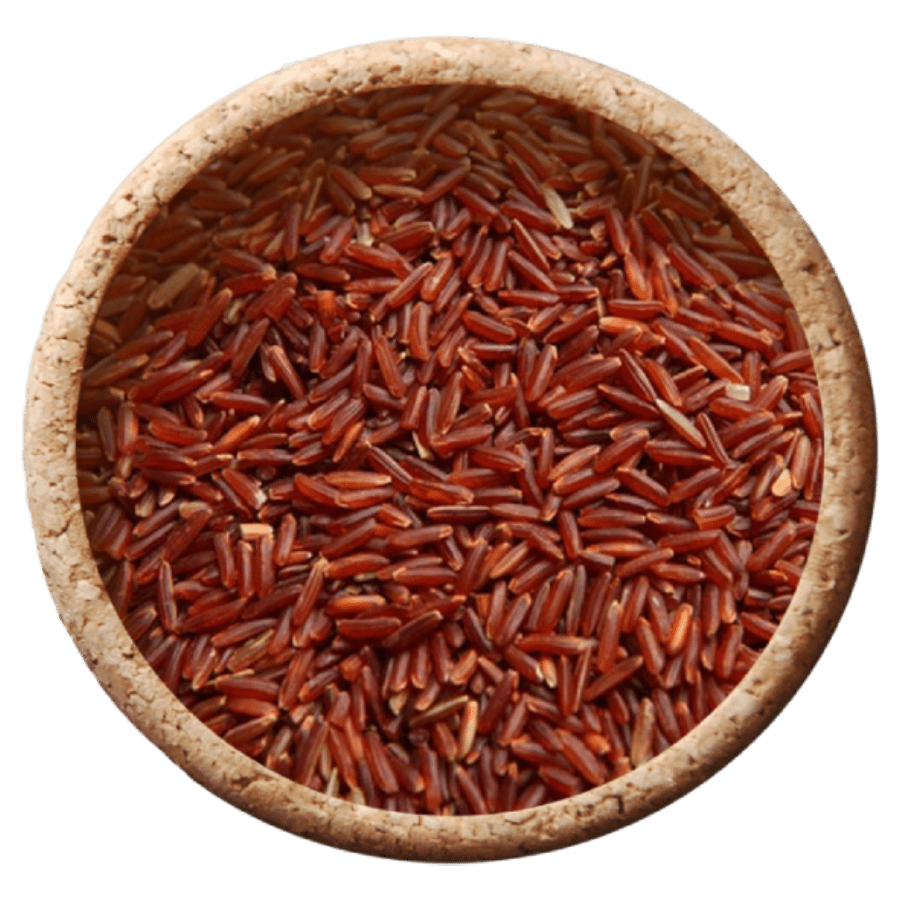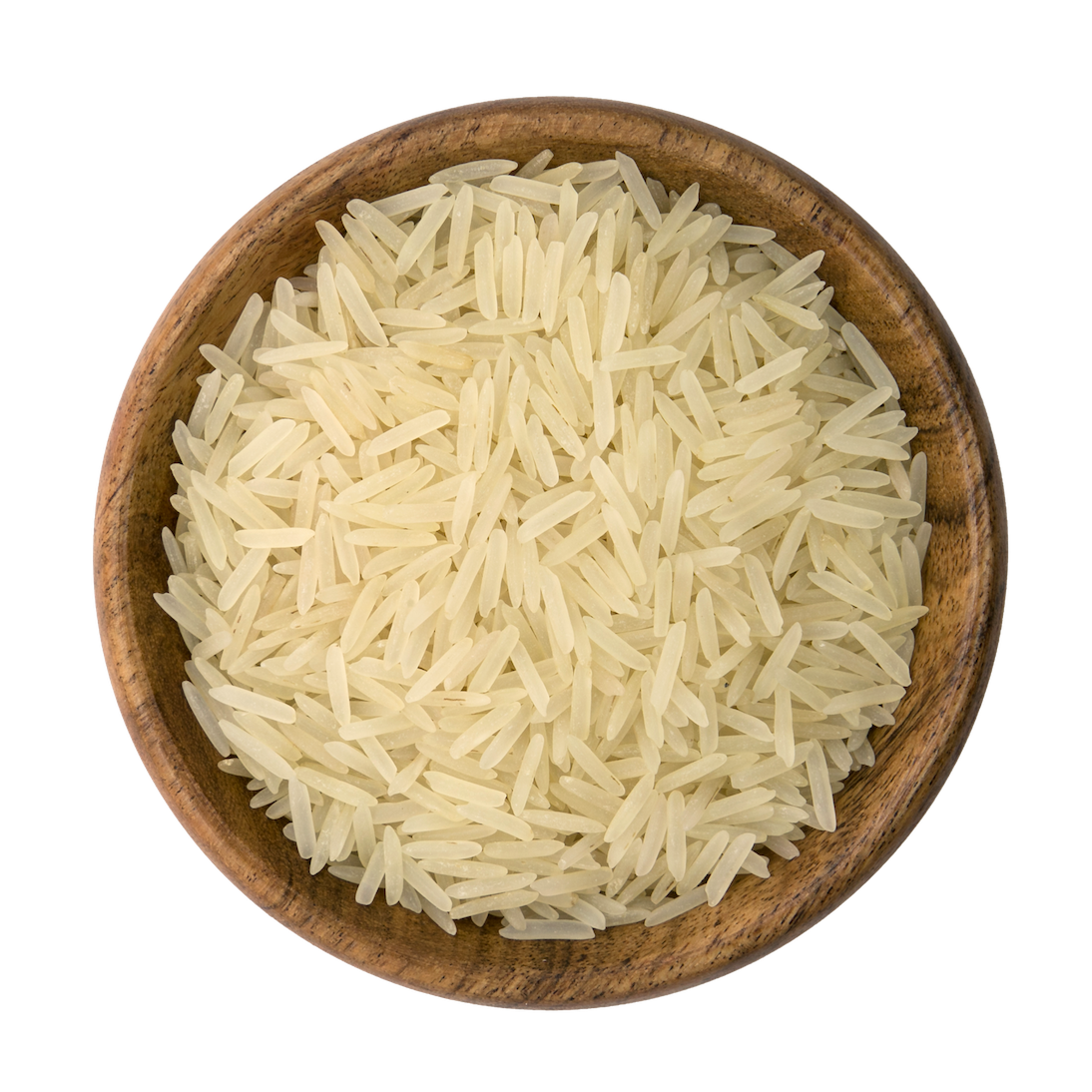India, a country renowned for its diverse customs, cultures, and cuisines, offers an impressive array of rice varieties that are central to its rich culinary landscape. Each type of rice, from the aromatic long grains of basmati to the earthy aroma of black rice, brings a unique flavor and texture to the table. Here’s a detailed guide to some of the most notable rice types in India, highlighting their unique qualities and culinary uses.

Rice

Basmati rice, one of the most prized rice varieties in India, is renowned for its long, slender grains and aromatic fragrance. Originating from the fertile plains of the Himalayan region, Basmati rice has earned a global reputation as a premium variety. Its fluffy texture, subtle scent, and unmatched flavor make it a staple in pulaos, biryanis, and other celebratory dishes. Here’s a closer look at some of the famous Basmati rice varieties in India, each with its unique characteristics, Unique Features and Suitability, Each of these Basmati rice varieties has its own unique characteristics that make it suitable for different culinary uses:
- Pusa Basmati Rice: High yield and quality, ideal for cost-effective cooking.
- Sharbati Basmati Rice: Affordable and versatile for daily use.
- Sugandha Basmati Rice: Aromatic and sticky, perfect for special dishes.
- Basmati 217: Premium quality for authentic and high-end dishes.
- Cream Sela Basmati Rice: Firm and consistent, great for professional kitchens.
- Basmati 386: Earthy and soft, suitable for both traditional and modern recipes.
Benefits:
- Low Glycemic Index: Basmati rice has a lower glycemic index compared to other types of rice, which helps in maintaining blood sugar levels.
- Aromatic and Fluffy: It’s highly aromatic and remains separate and fluffy when cooked, making it ideal for dishes like biryanis and pilafs.
- Rich in Fiber: Contains higher fiber content which aids in digestion and promotes gut health.

Brown rice has emerged as one of the most popular rice varieties in India, primarily due to its nutritional advantages over white rice. Unlike white rice, brown rice retains its bran layer, making it richer in fiber, vitamins, and minerals. This processing distinction makes brown rice a superior choice for those aiming to maintain a balanced and healthy diet. Although it may take some time to adjust to its slightly chewy texture and nutty flavor, brown rice is undeniably a valuable addition to any diet.
Benefits:
- Whole Grain: Contains all parts of the grain including bran, germ, and endosperm, making it highly nutritious.
- Rich in Antioxidants: High in antioxidants which help in combating oxidative stress.
- High Fiber: Promotes digestive health and helps in weight management by providing a sense of fullness.

Black rice, also known as forbidden rice, is one of the notable rice varieties in India and around the world, celebrated for its superior nutritional value. It has a unique nutty flavor and a striking dark color, primarily due to its high antioxidant content. Rich in essential vitamins and minerals, black rice offers both sensory delight and health benefits, making it a valuable addition to a balanced diet.
Benefits:
- Rich in Antioxidants: High levels of anthocyanins give it a black color and provide potent antioxidant properties.
- Nutrient-Dense: Contains high levels of iron, vitamin E, and protein.
- Anti-inflammatory: Possesses anti-inflammatory properties that can help in reducing inflammation in the body.

Red rice is one of the many kinds of rice grown in India, particularly favored by health-conscious individuals due to its high fiber content and nutty flavor. Grown predominantly in Southern India, red rice brings a vibrant color to dishes along with vital nutrients, making it an excellent choice for anyone seeking health benefits. The red color of this rice variety is due to its high anthocyanin concentration, which not only makes it visually appealing but also enhances its nutritional profile.
Benefits:
- Anthocyanins: Contains anthocyanins which give it a red color and provide antioxidant benefits.
- Heart Health: Helps in lowering cholesterol levels, promoting heart health.
- Rich in Fiber: Supports digestive health and helps in weight management.

Parboiled rice, also known as converted rice, is a type of rice that undergoes a unique processing method involving soaking, steaming, and drying the grains while they are still in their inedible outer husk. This process changes the rice’s characteristics, giving it a slightly yellow hue and enhancing its nutritional profile and cooking properties. Parboiled rice is widely consumed in Asian and African countries and is also known as easy-cook rice, sella rice, and miniket (predominantly in West Bengal, Odisha, and Bangladesh).
Benefits:
- Nutrient Retention: Parboiling process helps retain more vitamins and minerals compared to regular white rice.
- Improved Digestibility: Easier to digest, making it suitable for individuals with digestive issues.
- Lower Glycemic Index: Has a lower glycemic index, which helps in controlling blood sugar levels.

Jasmine rice, originating from Southeast Asia, has become a prominent rice variety in India, gradually finding its place in Indian cuisine alongside traditional basmati rice types. With its increasing popularity, jasmine rice has made its way into kitchens across the country, enriching dishes with its fragrant aroma and distinctive characteristics.
Benefits:
- Aromatic: Similar to Basmati in aroma, but shorter and plumper grains.
- Soft and Moist Texture: Ideal for dishes requiring sticky rice.
- Moderate Glycemic Index: Better than regular white rice for blood sugar management.

Sona Masuri rice is indeed a popular medium-grain rice variety grown in the fertile plains of Andhra Pradesh, known for its unique aroma and slightly sweet flavor. This rice holds a special place in Indian cuisine, particularly in South Indian cooking, where it is prized for its ability to create the perfect texture in dishes like dosas and idlis.
Benefits:
- Light and Low-Calorie: A lightweight and aromatic rice variety with fewer calories, making it ideal for weight watchers.
- Easily Digestible: Its texture makes it easy to digest.
- Rich in Minerals: Contains a good amount of minerals and nutrients.

Gobindobhog rice is a unique and aromatic rice variety primarily cultivated in West Bengal, India. It holds a special place in Bengali cuisine due to its distinct aroma, flavor, and texture.
Benefits:
- High Nutritional Value: Rich in protein and other essential nutrients.
- Aromatic and Fluffy: Its unique aroma and texture make it suitable for special dishes like khichdi and desserts.

Indrayani rice is a medium-grain rice variety primarily cultivated in the state of Maharashtra, India. It is named after the Indrayani River, which flows through the region.
Benefits:
- Rich in Nutrients: High in vitamins and minerals.
- Easily Digestible: Soft texture makes it easy on the stomach.
- Aromatic: Offers a pleasant aroma and taste, making it popular in traditional Maharashtrian cuisine.

Ambemohar rice is indeed a special rice variety cultivated primarily in the state of Maharashtra, India. Its name translates to “fragrance of mangoes” in Marathi, hinting at its distinctive aroma and flavor reminiscent of mangoes
Benefits:
- Nutritious: Rich in essential nutrients and antioxidants.
- Good for Heart Health: Ambemohar rice, like other varieties of rice, offers a combination of carbohydrates, protein, dietary fiber, vitamins, and minerals that contribute to overall nutrition and well-being. While it may not be as nutrient-dense as some other foods, incorporating Ambemohar rice into a balanced diet can provide essential nutrients and contribute to overall health, particularly when consumed as part of a varied and diverse diet..
- Supports Digestive Health: Whole grain varieties of rice, including some forms of Ambemohar rice, contain dietary fiber, which is beneficial for digestive health. Fiber helps regulate bowel movements, prevent constipation, and may aid in weight management by promoting
feelings of fullness.